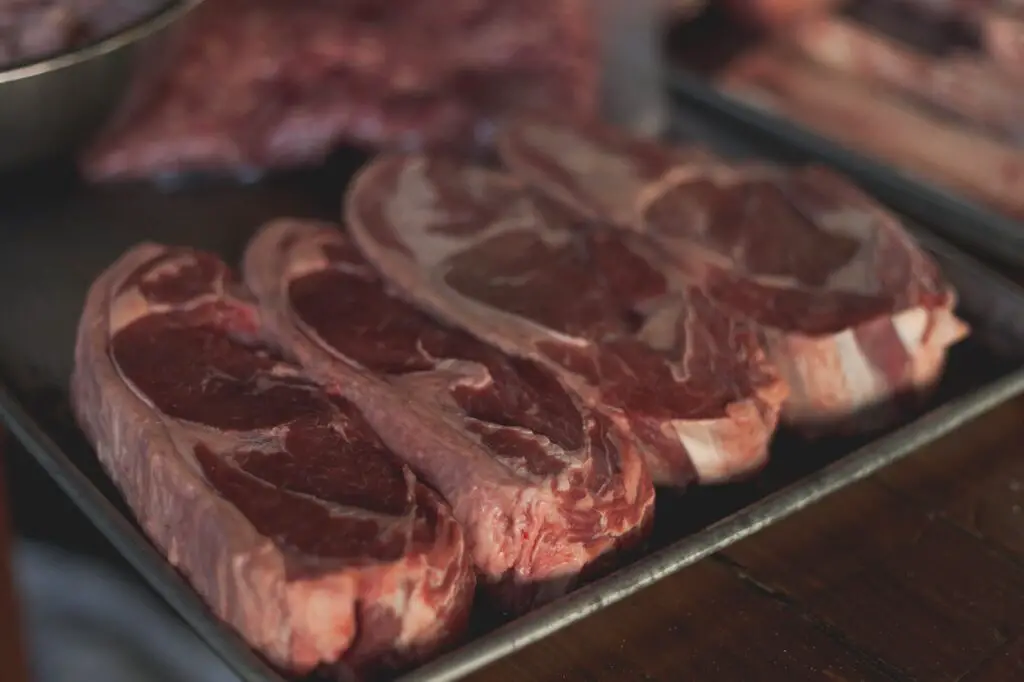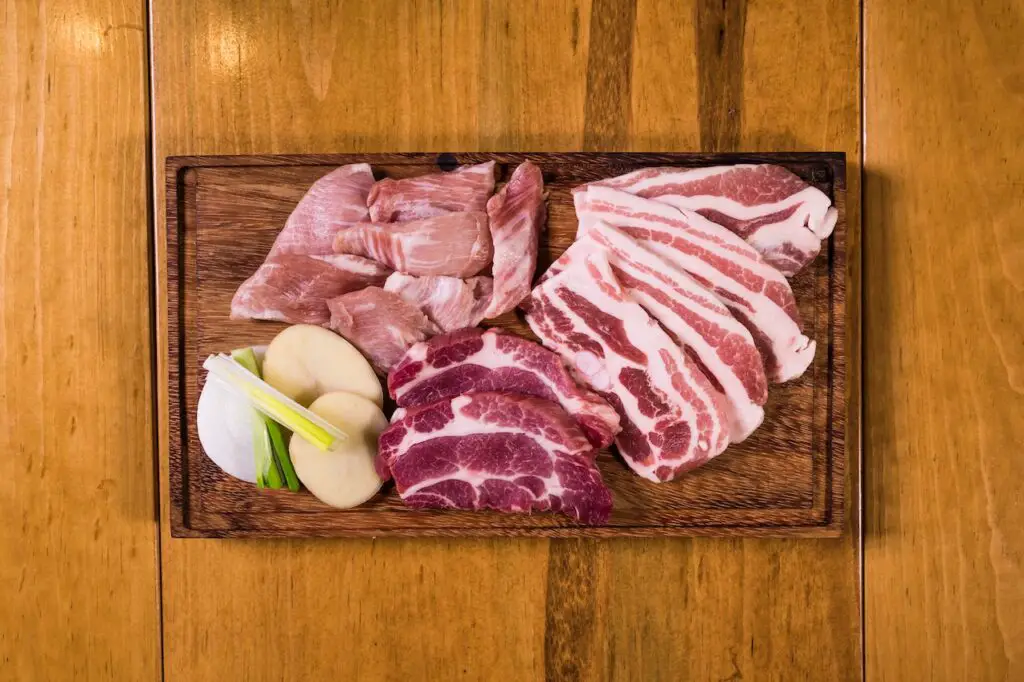As an Amazon Associate we earn from qualifying purchases.
Cooking requires precision, which is why many cooks and chefs must be careful when following various cooking techniques. Does sous vide dry out the meat? If you are interested in trying out this special way of cooking, find out what kind of results you can expect.
Quick Navigation
Does Sous Vide Dry Out the Meat?
Actually, sous vide only dry out the meat when you carry out this process correctly. This French cooking method is famous because it keeps the meat moist, tender and juicy. Steaks and other kinds of meats cooked with this style are appreciated for their unique texture. Dried-out meat can be the result of malpractice.
The correct method of cooking with this technique involves vacuum bags, through which moisture cannot be lost while the bag is under water at a constant temperature. If you execute the process well, the results will be precise, and the taste of meat will be the same every time.
However, if you sear the meat after the sous vide method is complete, it can dry out quickly. Many home cooks think that meat cooked in sous vide silicone bag underwater can look raw while it is fully cooked. They then transfer it to a pan to give it a charred look. This process can make the meat dry.

How To Avoid Dry Meat in Sous Vide
While you use this cooking technique, it can be hard for novice cooks to understand the correct timing and even the complications of the method that need to be considered while preparing food. If you want to avoid drying out the meat, watch out for some mistakes that many people make.
- Do not leave the bag in the sous vide for longer than prescribed
- Do not sear the meat for too long after taking it out of the vacuum bag
- Keep the meat from cooking when out of the water oven after cooking is complete
These common mistakes can ruin the texture of meat. The timing of this technique must be followed. When you remove the meat from the water oven, open the bag and let it cool down so it does not keep cooking inside the vacuum bag. Similarly, when you are trying to bring some color to the meat by searing it, only do it for a short time.
Can You Overcook Meat in a Sous Vide?
If the prescribed time for cooking is not followed while preparing meat with this special cooking method, the results can be either raw, undercooked food, or overcooked portions. The water temperature in the water oven or cooker is low compared to the traditional cooking methods. Therefore, timing really matters if you want to avoid overcooking meat.
If a recipe demands you to cook it for around two hours, make sure you leave the water oven on heat at the correct temperature for two hours. Meats cook in this type of setup when the fat inside the tissue melts and cooks the flesh around it.
If the meat is left under warm water for too long, the sous vide juices from the meat begin to dry out, and the meat’s texture can become chewy and firm. This would mean that the tender and juicy results that this cooking method usually gives will not be achieved.
The Ideal Timing for Cooking Meat in This Style
When you are setting up the water oven and immersion cooker, be sure to follow the timings for each meat recipe that you decide to prepare. You can carry out some time experiments as well. All kinds of meats have different timeframes and temperature ranges. The cooking times for a few common types of meat and recipes are as follows:
- Beef, veal, or lamb cut into one-inch thick filet or steak will take one to four hours
- Pork cut into 1.5-inch thick pieces will take between 1.5 hours and seven hours, depending on the portion size
- Chicken filet cut into two-inch thick pieces
- Halibut, tuna, and other fish of one-inch thickness will take between 20 and 30 minutes
If you follow these timings correctly, the meat will not dry out, and you will enjoy the same kind of results every time. The two most important things to follow while using this cooking style are to maintain the temperature of the water and follow the time that each kind of meat needs.

Some Related Questions
Suppose you want to know more about how to avoid dry meat with this special cooking technique. Get to know what the experts have to say about cooking meat in this style to always get the same results. You will find out a lot of interesting things about this process of cooking.
What Are the Steps to Ensure That the Meat Does Not Dry Out?
The sous vide basics are vital to the cooking experience and the results. Be sure to follow the steps here to ensure that you keep the meat fresh from drying out using this simple, effective cooking method known for tender and appetizing results.
-The amount of water in the sous vide must be appropriate. More water can mean a longer period of time to maintain the temperature, and that causes miscalculation of cooking time
-Generous seasoning will keep the meat from becoming tasteless as it cooks
-Place the bag gently in water to avoid any punctures in the vacuumed bag
-When the meat is done, remove it and open the bag so the meat does not overcook
-Sear the meat for a short while to give it a colored finish. You can do this on high flame for a few minutes only
-Let the meat rest so that the texture settles
Will Meat Overcook With This Method?
No, the meat does not overcook if prepared in a vacuum bag submerged in water. However, it can change the texture. Many people think that their meat portions might burn if prepared this way. However, there will be no burning or change of color.
Conclusion
If you are new to this cooking technique, you might ask, do sous vide dry out the meat? You can ensure good results if you follow the process of cooking closely. Every cooking technique works only when you keep the method in check.
